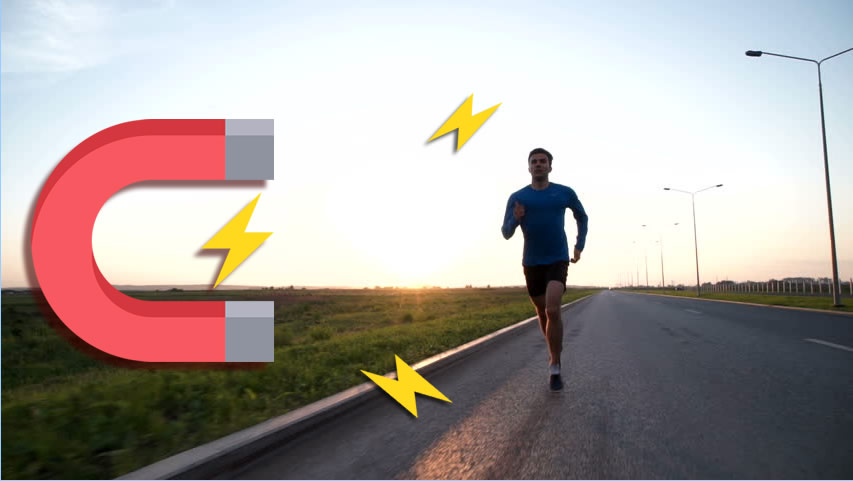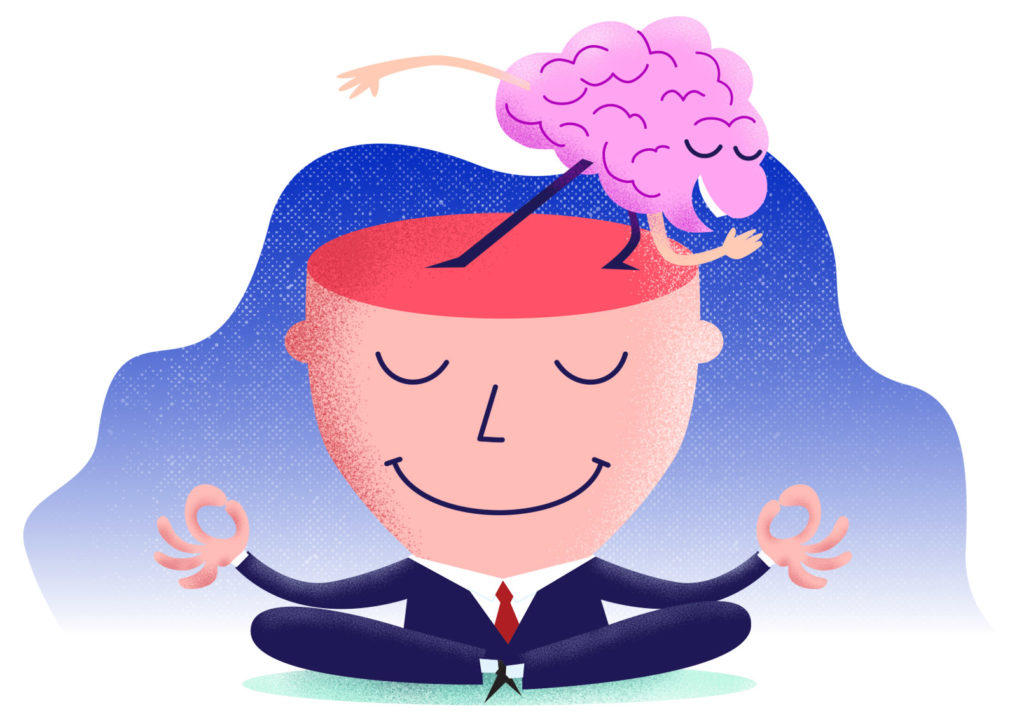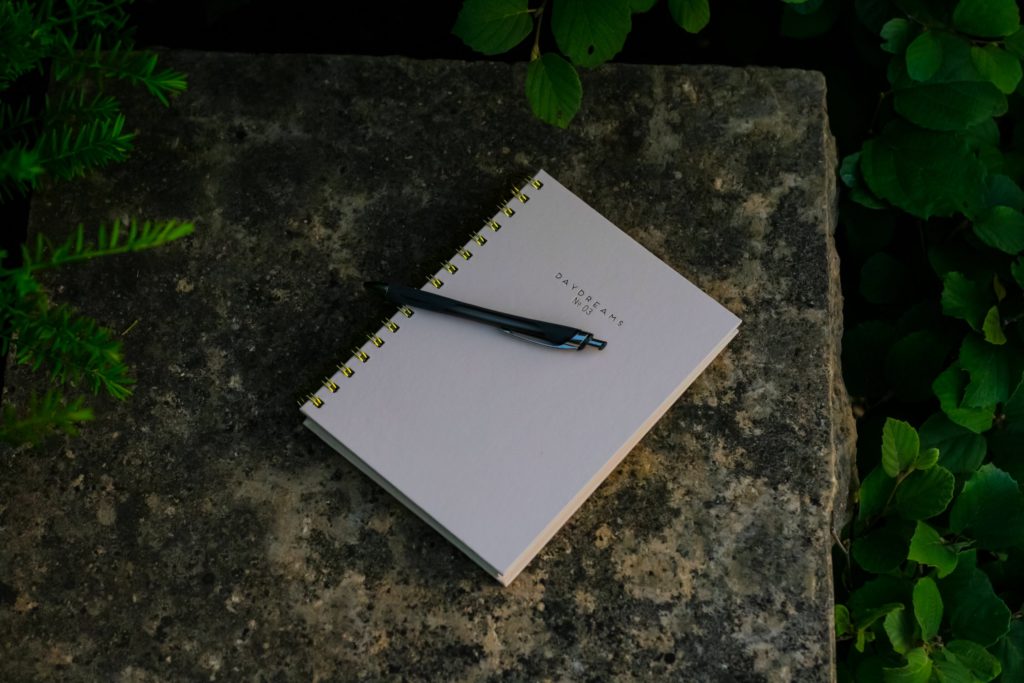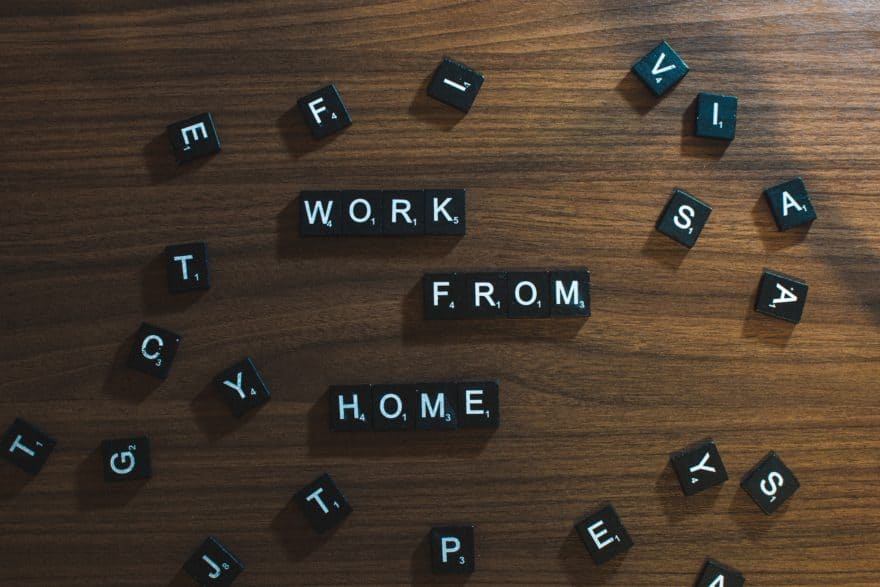The spark, a muse, an “aha!” moment—all these describe the elusive creativity. Is it possible to capture that magic? To learn how to be creative, let’s take a closer look at how the brain works.
According to Harvard psychologist, Shelley Carson,[1]
“The old model was that the left brain was for analytical and sequential thinking and the right brain was for more holistic thinking. Then there was a move toward a front brain–back brain division, with the front brain being the gatekeeper and controlling the input from the back brain. Now we think it’s much more complicated than either of those models and that it depends which stage of the creative process you are in.”
It’s not a single process that defines creativity. In her book, Your Creative Brain: Seven Steps to Maximize Imagination, Productivity, and Innovation in Your Life, Carson defines the seven stages in creativity (or, as she calls them, “brainsets”):
- Absorb
- Reason
- Connect
- Envision
- Evaluate
- Transform
- Stream
Think of creativity like learning to cook. The first time you cook an omelette, you will need a recipe or someone to show you how to do it. Once you’ve learned the process, you start by doing it on your own.
After you’ve served a few omelettes, you start to try new flavor pairings. Next, you envision all the ways you can reinvent the omelette and evaluate which ideas to keep. On a bad day, you funnel that negative energy into an exceptionally amazing omelette. Finally, you get caught in the flow of eggs and fixings.
Now, let’s take a closer look at each stage.
1. Absorb Creativity
You are what you consume. This is true for both your traditional diet and the diet you feed your mind. Children enter this world with a brain unfiltered by bias. They absorb and take it all in.
When you access the absorb brainset, you open your mind to new experiences and ideas. You uncritically view your world and take in knowledge. Everything fascinates you and attracts your attention (just like a child).
Want a shortcut to absorbing creativity? Try meditation. Just sit silently, clear your mind and notice what thoughts come to the surface. Notice your body sensations and how they make you feel. Also, you can expose yourself to different points of view. If you’re a regular to the Lifehack Podcast, try listening to a few episodes of the comedy fiction podcast Unwanted.
The key is to train yourself to notice every detail. Notice without judgment. One quick track to letting go of judgments is using alcohol—a common but slippery slope into creativity.
2. Reason Creativity
“I’ll think about it” is a response I give often if I need more time to ponder. Also, it’s a sign that I’m going into creativity’s reason mode. This is where you systematically analyze the gaps, look for patterns, and test ideas.
When using reason to spark creativity, it helps to have a depth of knowledge on the subject. You’re using the information stored in your working memory (the prefrontal cortex).
The environment plays a key role to focus your thoughts. When you’re deep in thought, don’t let the barrage of group texts about Saturday’s plans steal your attention. Take time to block out distractions.
Here are a few questions to ponder before sitting down to a reasoning session:
- How can you silence the distractions on your phone?
- What other distractions reside where you do your most important work?
- Can you move these distractions to another space?
3. Connect Creativity
A few weeks ago, I went out for a trial run after dropping my daughter at school. Before my shoes hit the dirt, I started the Nike Run Club app. I chose a guided run with the theme “breaking through barriers.”
The words on that guided run resonated and sparked a breakthrough for my project. I had to pause my run, take out my phone, and dictate my thoughts because it was that important. I bet you’ve had a breakthrough moment like this. It may have been in the shower or while walking the dog.
Dr. Carson defines the connection path to creativity as “a defocused state of attention that allows you to see the connections between objects or concepts that are quite disparate in nature.”
You can jumpstart this process in your brain by making intentions to daydream. This is something we do often as kids but today, we don’t make time for it in our busy lives, perhaps because people don’t like to be alone with their thoughts, as Chris Bailey states in his book Hyperfocus: How to Be More Productive in a World of Distraction.
Say you’re stuck in solving an employee conflict. Get up and hold that problem in your mind while performing a habitual task. What’s a habitual task? It’s something that doesn’t take much thought (like going for a run) and allows your mind to wander.
Pick a task you enjoy to keep your mind in a positive mood. It’s like putting your brain on autopilot to connect the dots of information and form new creative ideas. Expert tip: keep a notepad handy for those “aha!” moments.
4. Envision Creativity
This is the creative zone for all artists and dreamers. When you tap into your envision creativity brainset, you think visually. Patterns emerge. This is where your imagination resides.
Here are a few fun ways to spark your imagination:
- Read – exposing yourself to new ideas will open your mind.
- Express yourself – through journaling, beatboxing, or speaking up on a favorite cause.
- Watch a movie – I recommend anything by PIXAR.
- Seek Adventure – try new experiences to expose yourself to a whole new world.
- Play – kids have us beat when it comes to creativity.
5. Evaluate Creativity
When considering a new project, can you immediately see what might go wrong? If so, you have a critical eye for creativity. You’re an excellent judge of the value of ideas, concepts, products, and behaviors—selecting the best idea to move ahead creatively.
If you’re an overthinker (raising my hand over here), I’ve got you. One way to strengthen this skill is to fail. Only by failing can we learn from our mistakes, reinvent, and move forward with a stronger version of ourselves.
Another approach is to begin with the end in mind, then reverse engineer your success. For example, if you want to launch a product next quarter with a revenue goal of $100,000 in the first six months, evaluate the product ideas that pencil out to your goal. Or you may seek out a fresh voice when collaborating on a project. Find someone with a new or opposite perspective that will challenge your way of thinking.
6. Transform Creativity
This is the dark side of creativity. Some of the greatest contributions in art, literature, and music are born from pain. Dr. Carson says, “you find yourself in a self-conscious and dissatisfied—or even distressed—state of mind. You can use this state to transform negative energy into works of art and great performances.”
Don’t seek out pain to train your brain to be creative (obviously). The lesson here is to channel that pain into creativity. Life often comes with the cost of suffering. It may be a loss of a loved one, mental health issues, or any other obstacle you may face.
Instead of shoving that pain down deep inside, use it to spark your imagination. You could come up with a unique solution to the specific obstacle you’re facing. You could write a book to commemorate the life of the loved one you lost to cancer.
7. Stream Creativity
Another word for Stream Creativity is flow. It’s the state we all long for when working or engaging in a task.—where time passes without you even noticing because you are so engaged in what you’re doing.
In this creative zone, like children, your impulse control is suppressed. Here are a few ways to hack the advantage of youth:
- Notice and allow your emotions to flow (journaling or meditation might help).
- Shut down your inner critic by practicing positive affirmations.
- Create a balance between the challenge and your skill.
- Chose work that is highly intrinsically rewarding.
- Have a clear vision of your win or end goal.
Putting It All Together
As you read through the types of creative thinking listed above, did one or two resonate with you more? These are your preferred paths to creativity.
If you want to do some intense brain training on creativity, you need to get outside your comfort zone. Your big gains in creativity will come when you learn how to engage and transition between several ways of thinking.
More Tips on How to Be Creative
Featured photo credit: Antonio Francisco via unsplash.com
Reference
| [1] | ^ | Harvard Health Publishing: Creative thinking and the brain |
The post How to Train Your Brain to Be More Creative appeared first on Lifehack.























































